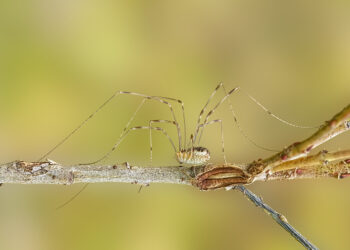In a nutshell, natural selection allows populations to adapt and evolve. The organisms who are best suited to an environment survive and reproduce most successfully, producing similarly well-adapted successors. What starts off as a lone group of mutants will swiftly end up dominating a population after a couple breeding cycles. Evolution is thus essential to a population’s survival since the environment and ecosystem is constantly changing, though brief states of equilibrium exist at various points in time.
This mechanism has worked very well, as the roughly 9 million animal and plant species active today bear testament. We can witness the remnants of these evolutionary processes in our very own bodies too. These include goosebumps, a perturbing tendon on your inner wrist or the tailbone. Called “vestigial characteristics”, these body features once served a purpose (the tailbone used to connect an actual tail, for instance), but have remained because these do not cost anything to keep. Vox produced an amazing video which talks about some of the most common vestigial characteristics. Check it out and share your opinion in the comments below. It’s worth mentioning that forty-two percent of Americans say that humans were created in their present form within the past 10,000 years.







